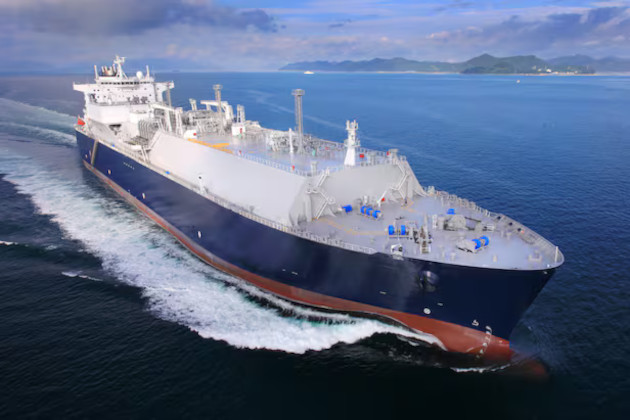Localization of KC-2C: Samsung Heavy Industries’ First LNG Tanker
South Korea’s shipbuilding industry has achieved a major breakthrough by localizing the LNG cargo containment system (liquefied natural gas storage tank), a technology previously dependent on foreign expertise. Although Korea leads the global LNG carrier market, it paid hundreds of billions of Korean won annually in royalties to overseas firms. With the domestic system now developed, the competitiveness of Korean shipbuilding is expected to strengthen as core components are localized.
On the 27th, Samsung Heavy Industries announced the delivery of an LNG carrier equipped with the domestically developed Korean LNG cargo containment system, ‘KC-2C,’ to Daewoo Shipping LNG. The vessel, handed over this month, successfully completed its first voyage from Tongyeong to the Jeju Aewol LNG base.

Source: Samsung Heavy Industries
The LNG cargo containment system is a specialized tank that maintains liquefied natural gas at ultra-low temperatures of -163 °C (methane’s boiling point is -162 °C, essential for liquid transport). Despite Korean shipbuilders’ top competitiveness in LNG carriers, the lack of domestic containment technology had long spurred calls for self-reliance.
The ‘KC-2C‘ is an independent development by Samsung Heavy Industries aimed at technological independence. Compared to existing systems, it enhances the secondary barrier’s design and construction for better airtightness and stability, while achieving superior insulation.
A Samsung Heavy Industries spokesperson stated, “The success of the Korean LNG cargo containment system KC-2C represents a significant advancement in the LNG carrier sector by localizing core technologies previously reliant on foreign sources.” They added, “We will work to establish KC-2C’s market recognition through retrofits and newbuilds of 174 000 cubic meter-class LNG carriers moving forward.”

